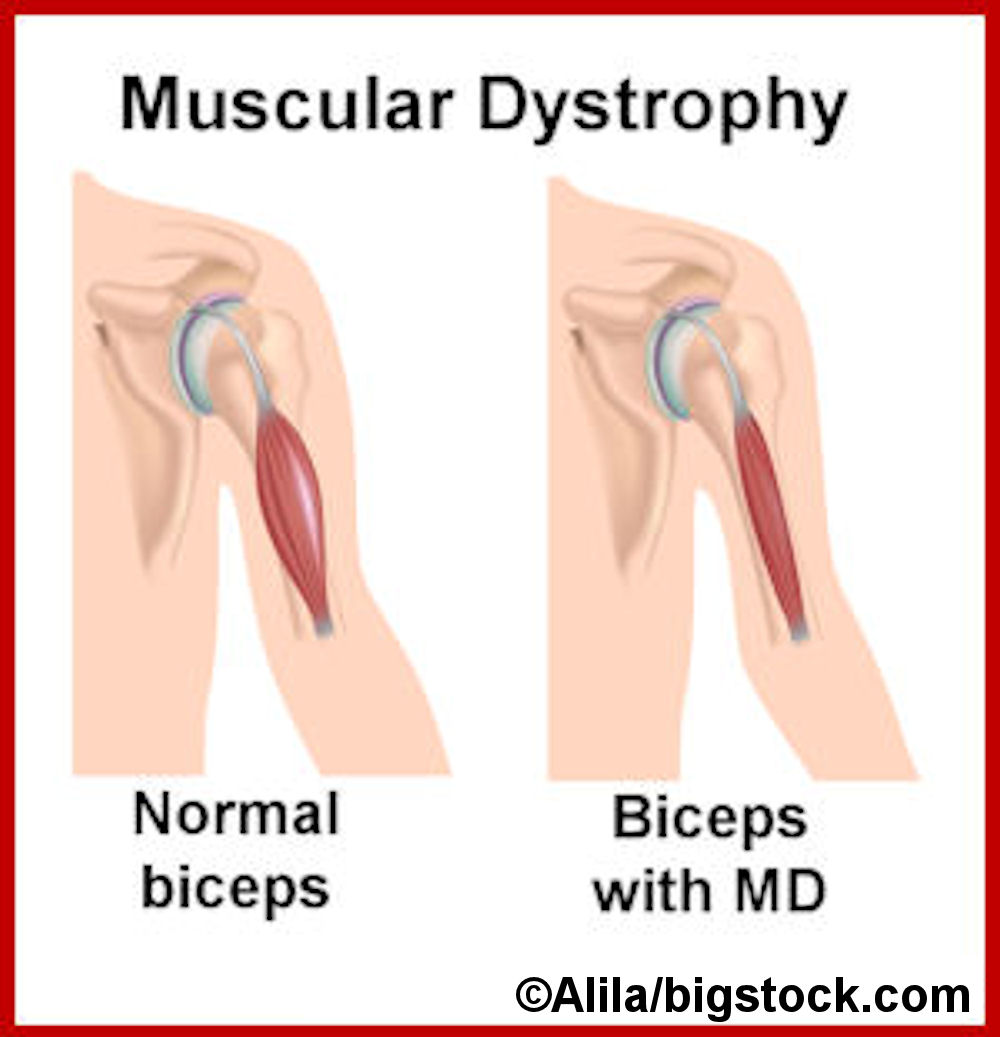Muscular dystrophy (MD) is a group of genetic disorders that are characterized by the progressive deterioration of the muscles. Deteriorating muscles is caused by the death of muscle cells and tissues. The condition worsens over time, and patients will find it difficult to walk. It is also likely that they will need leg and hand braces or worse use a wheelchair because of their disability.
The cause of muscular dystrophy is an error in genes responsible for muscle function. Disorders within this category vary in various ways like the severity of the symptoms, the speed at which the symptoms progress, the age at which the symptoms manifest and the pattern of inheritance.
Muscular dystrophy can be passed on from one generation to another. Although it commonly affects children, this group of disorders is not exclusive to the young as even adults may be affected. Some forms of MD become apparent during early childhood, although others may manifest later in life.
Forms
 The most common form of muscular dystrophy is Duchenne MD that affects boys. It is due to the lack of dystrophin, a protein that maintains muscle integrity. The symptoms appear as early as three years, and the disorder progresses quickly. By the time they hit their 12th year, boys afflicted with this condition are unable to walk. In the United States, one out of every 5,000 boys is born with this disorder.
The most common form of muscular dystrophy is Duchenne MD that affects boys. It is due to the lack of dystrophin, a protein that maintains muscle integrity. The symptoms appear as early as three years, and the disorder progresses quickly. By the time they hit their 12th year, boys afflicted with this condition are unable to walk. In the United States, one out of every 5,000 boys is born with this disorder.
Another form is facioscapulohumeral MD that starts during the teenage years. Unlike Duchenne MD, weakening of the face, arms and legs muscles progresses slowly. The symptoms can be mild to disabling. The most common adult form is myotonic MD wherein patients experience prolonged muscle spasms and cardiac abnormalities. Those who have this disorder often have long and thin faces and a neck that looks like that of a swan.
Symptoms
Although the symptoms of MD may vary from one form to another, the most common symptoms of this disorder include muscle weakness and difficulty in using one or more muscle groups. In some types, patients manifest intellectual disability. Children afflicted with this disease may also drool a lot and have difficulties in walking. Adults who are stricken with this condition also lose muscle strength and size.
Treatment
There is no known cure for MD, with treatment focused only in controlling the symptoms. As such, patients may be subjected to physical therapy to help them maintain the strength and function of their muscles. The use of braces, wheelchairs and similar orthopedic devices can improve the mobility of people with MD. In extreme cases, surgery may be done on the spine or legs to improve their functions.
Prescription drugs such as Remicade may also be given to control symptoms of MD. Also known as Infliximab, this drug has an anti-inflammatory substance that protects against the breakdown of the muscles. Likewise, doctors prescribe corticosteroids like Prednisone to improve the muscle strength and delay the progression of MD. However, there is a side effect to the use of corticosteroids as it can weaken the bones and increase risks of fracture.
Share This